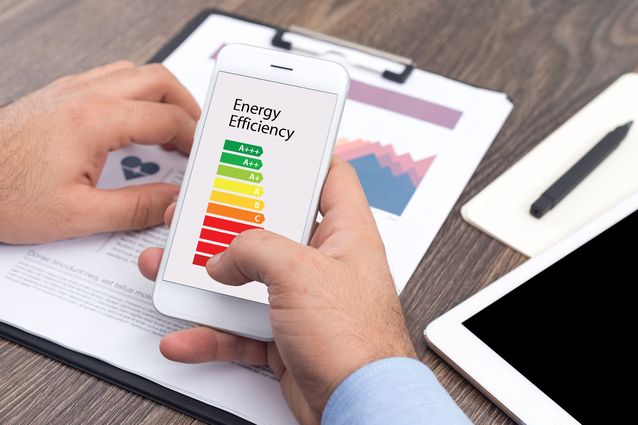
Last month, May 2018, was here in Berlin the warmest May in the last 130 years. At home, we needed to keep the windows closed all the time to prevent the hot air from steaming inside. This has not happened to us in May before.
When we have more heat waves than before, the health risks grow bigger especially among old and sick people, fields are drying out and many species are dying out. Climate change is becoming a threat to life on Planet Earth.
Usually, we think of renewable energy resources as the best opportunity for slowing down climate change. However, there is still enormous untapped potential in the energy efficiency sector. Over 68% of global energy use is still not meeting modern efficiency standards.
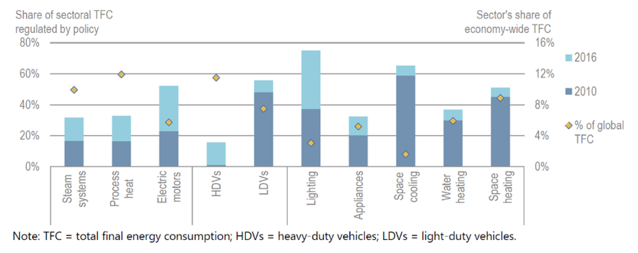
According to the International Energy Agency (IEA), energy efficiency alone can stabilise the world’s CO2 emissions. Energy efficiency should be considered an energy source unto itself.
Saving energy can be more than five times cheaper than producing it.[2] It is in fact the lowest cost, most effective and least politically controversial way of ensuring successful global energy transition and meeting the goals of the Paris Agreement.[3]
The American Council for Energy-Efficient Economy (ACEEE) has compared typical energy efficiency costs to energy generation costs from various sources, and energy efficiency was the clear winner.
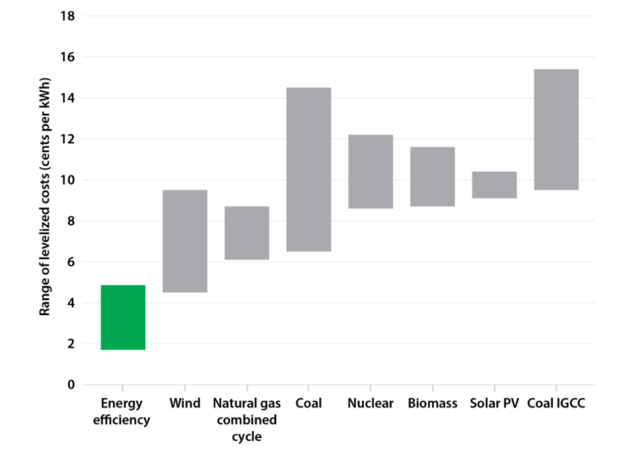
Improvements slowed down
Energy efficiency will play a major role alongside renewables and other sustainable, low CO2 energy sources in achieving sustainable energy generation in the future.
In the past few years, we have seen a rapid decline in solar and wind power costs, thereby boosting the renewable energy market. However, the total share of renewables still accounts only for 24% of the global electricity generation, with the major share in hydropower. We simply need to improve energy efficiency to reach the goals.
Despite these facts, energy efficiency improvements slowed substantially in the last year. According to the IEA, the rate of decline in global energy intensity, defined as the energy consumed per unit of economic output, slowed to only 1.7% in 2017, lower than the 2.0% improvement seen in 2016.[5] It is far lower than the average of 2.3 percent we had managed to sustain over the previous three years.
As a matter of fact, it was one of the main reasons the world saw an increase in global CO2 emissions last year for the first time in three years.[6]
Beneficial for all
The newly released report Perspectives for the Energy Transition—The Role of Energy Efficiency by the IEA shows the tremendous impact that energy efficiency measures can have on the environment and economy. These measures need to be taken on all sectors: buildings, industry and transport.
Improving energy efficiency brings several benefits to companies and consumers in each of these sectors: significant energy cost savings, environmental sustainability, improved energy security and reduced local air pollution—just to name a few.
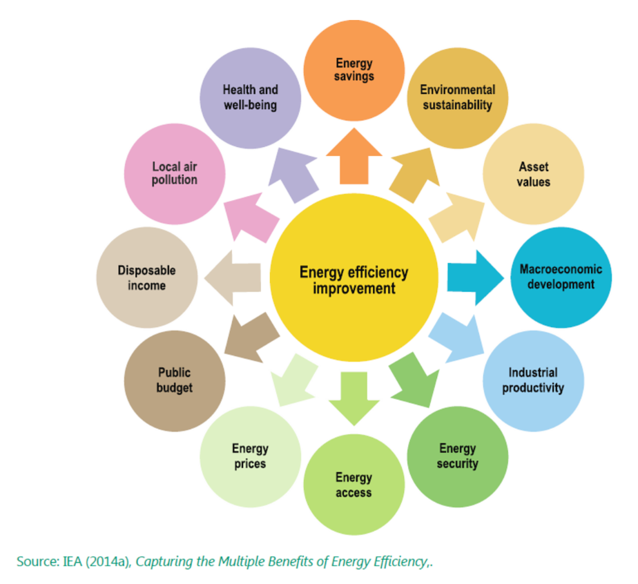
Three out of four buildings are inefficient
There is major energy saving potential in the building sector. In the EU, buildings account for around 40% of energy consumption and 36% of CO2 emissions. On a global scale, buildings are responsible for one-third of total energy consumption and one-fifth of greenhouse gas emissions.
Reaching energy efficiency in buildings is a multi-faceted goal. It involves, for instance, material choices, heating, cooling, and ventilation systems, smart-meters and automatisation.
Energy demand, especially for cooling, is increasing due to higher temperatures caused by climate change.
Currently, 75% of European buildings are inefficient.[7] Renovating existing buildings in the EU could bring significant energy savings: a 5-6% reduction in EU’s total energy consumption and 5% lower CO2 emissions.
Fortunately, this potential has been recognised, and the EU Energy Performance in Buildings Directive was revised this year. The revision will further support the development of electromobility and speed up the renovation of old buildings.
By 2021, all new buildings in the European Union must meet a zero-energy standard. For existing buildings, this target is to be reached by 2050. All new buildings must have one electric vehicle charging station and be equipped with necessary pipework for more cabling in the future.
Industry can save up to 30% in process heat costs
The industry sector is responsible for 36% of global final energy consumption and 24% of total CO2 emissions. According to the German Energy Agency (dena), process heat is the most energy intensive application field, covering 64% of industrial total final energy consumption. It is estimated that the industry sector can save up to 30% in process heat costs through energy efficiency measures.
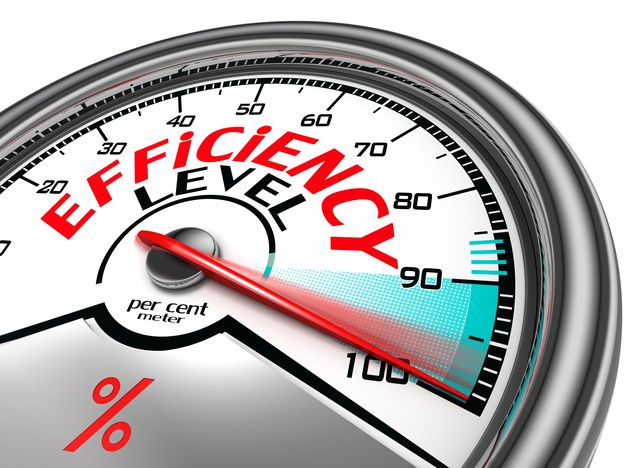
Local energy generation using small decentralised power plants is energy efficient because there are no energy transmission and distribution losses due to long transitions from big centralised plants. Furthermore, with decentralised power plants also the excess heat can be utilised thus enhancing the efficiency even further. These sites are being called combined heat and power plants.
Combined heat and power (CHP) plants on site can reach over 80% total energy efficiencies by using waste heat. They can also be integrated with renewable energy and act as back-up power plants. The EU has chosen to increase the penetration of CHP as one way to achieve its strategy to decrease CO2 emissions, which significantly increases the role of CHP in small-scale processes and in the SME industry.
-------------------------------------------------------------------------------------
[1] IEA, Perspectives for the Energy Transition—The Role of Energy Efficiency, 2018
[2] https://www.euractiv.com/section/energy/opinion/energy-efficiency-and-growth-the-chinese-way/
[3] https://www.sintef.no/en/improving-industrial-energy-efficiency/
[4] The Best Value for America’s Energy Dollar: A National Review of the Cost of Utility Energy Efficiency Programs. Maggie Molina, ACEEE. http://aceee.org/research-report/u1402
[5] IEA, Global Energy & CO2 Status Report, 2018
[6] IEA, Perspectives for the Energy Transition - The Role of Energy Efficiency, 2018
[7] https://ec.europa.eu/info/news/questions-answers-energy-performance-buildings-directive-2018-apr-17_en
